1. What is geotextile?
1.1 Definition of geotextile:
Geotextile is an engineering material made of synthetic fibers, mainly used for separation, reinforcement and drainage between soil and structural layers in civil engineering. Its main functions include enhancing soil stability, improving drainage performance, and preventing mixing of soil and filler. Geotextiles usually have a certain porosity and tensile strength, which makes them play a role in various geotechnical projects.
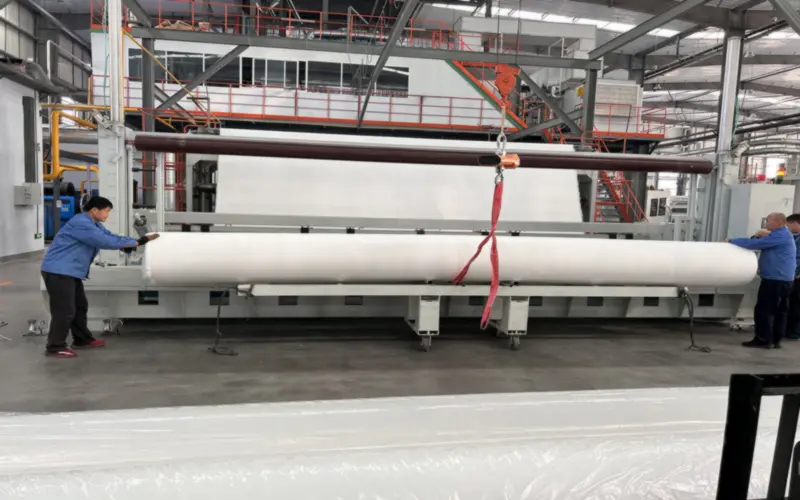
1.2 Characteristics of geotextiles
1.2.1. Characteristics in terms of material and structure:
Material: Geotextiles are usually made of polyester (PET), polypropylene (PP) or other synthetic fibers. According to the weaving method of the fiber, it can be divided into woven type, non-woven type and woven type, etc.
Structure: Geotextiles have different weaving structures, including woven, non-woven (needle punched) and woven and non-woven composite structures. Geotextiles of each structure differ in performance and application scenarios.
1.2.2. Characteristics in terms of strength and durability:
Tensile strength: Geotextiles have high tensile strength and can withstand a certain load to prevent deformation or rupture of the soil layer.
Durability: It has good durability, can resist the erosion of chemicals and microorganisms in the soil, and can adapt to use under various environmental conditions.
1.2.3. Water permeability:
Good water permeability: Geotextile has good water permeability, which can allow water to pass through without affecting its structural stability, thereby effectively removing water accumulation and preventing water from damaging the road structure.
1.2.4. Separation and reinforcement function:
Separation layer: Geotextile can prevent the mixing between different soil layers and maintain the stability of the soil structure.
Reinforcement function: By enhancing the bearing capacity of the soil, geotextile can improve the stability and strength of the soil and prevent the settlement and deformation of the road surface.
1.2.5. Anti-pollution:
Prevent pollution: Geotextile has a certain anti-pollution property, which can prevent pollutants from diffusing through the soil layer and protect the environment.
1.2.6. Convenient construction:
Simple installation: The installation and laying of geotextile are relatively simple, and the construction process can improve engineering efficiency and reduce costs.
1.2.7. Adaptability:
Wide application: Geotextiles are suitable for various geotechnical projects, such as roads, railways, dams, drainage systems and slope stabilization.
1.2.8. Economic efficiency:
Cost-effectiveness: Although the initial investment of geotextiles may be high, it has significant economic benefits in extending the service life of the project and reducing maintenance costs.
These characteristics of geotextiles make it play an important role in civil engineering, environmental protection and infrastructure construction.
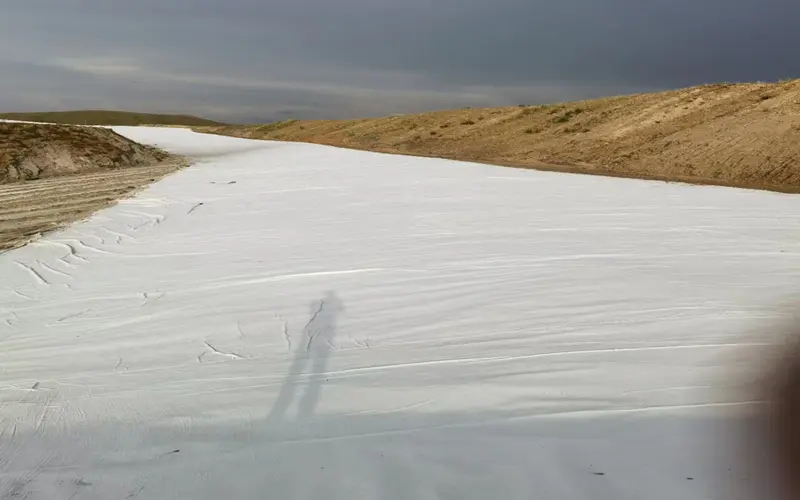
2. The decisive role of geotextiles in highway construction
The decisive role of geotextiles in highway construction is reflected in the following aspects:
2.1. Strengthening road structure
Improving bearing capacity: Geotextiles can effectively enhance the bearing capacity of soil and reduce settlement and deformation. By laying geotextiles between the road base layer and the fill layer, the load can be dispersed and the stability of the road can be increased.
Preventing pavement cracks: Geotextiles help to reduce pavement cracks caused by soil settlement or expansion, thereby extending the service life of the road.
2.2. Separation layer function
Prevent soil layer mixing: In road construction, geotextiles act as separation layers to prevent mixing between different soil layers, such as base soil and fill. This maintains the integrity and design thickness of the road structure.
Improve structural stability: By avoiding soil layer mixing, geotextiles can maintain the design performance of the road and prevent uneven pavement settlement caused by soil layer mixing.
2.3. Drainage function
Promote drainage: Geotextiles have good water permeability and can effectively remove moisture from the road base layer. By avoiding water retention, geotextiles reduce the damage of moisture to the road structure.
Prevent water accumulation: Good drainage performance helps reduce water accumulation on the road surface and base layer, reducing the risk of road damage and deformation caused by water accumulation.
2.4. Prevent soil erosion
Slope protection: On the slopes or ramps of highways, geotextiles can effectively prevent soil erosion. By laying geotextiles on the slope surface, soil loss can be reduced and the boundaries of the road can be protected.
Support vegetation: Geotextiles can also be used in combination with vegetation to help vegetation roots stabilize the soil and further reduce erosion.
2.5. Control soil deformation
Reducing soil deformation: Geotextiles can control soil deformation and settlement, reduce road surface problems caused by uneven soil settlement, and thus improve road stability and comfort.
Improving shear strength: By enhancing the shear strength of the soil, geotextiles can effectively prevent landslides and sliding phenomena.
2.6. Economic benefits
Reducing maintenance costs: Although the initial cost of geotextiles may be high, its role in improving road stability and extending its service life can significantly reduce long-term maintenance and repair costs.
Construction efficiency: The use of geotextiles can improve construction efficiency and reduce construction delays and costs caused by soil problems.
2.7. Adaptability
Various environmental conditions: Geotextiles can adapt to different soil conditions and environmental changes, including wet, dry, frozen soil and other conditions, and provide stable engineering performance.
In summary, geotextiles are a very important material in highway construction. It not only improves the structural stability and durability of the road, but also reduces maintenance costs, and has a positive impact on environmental protection and construction efficiency.
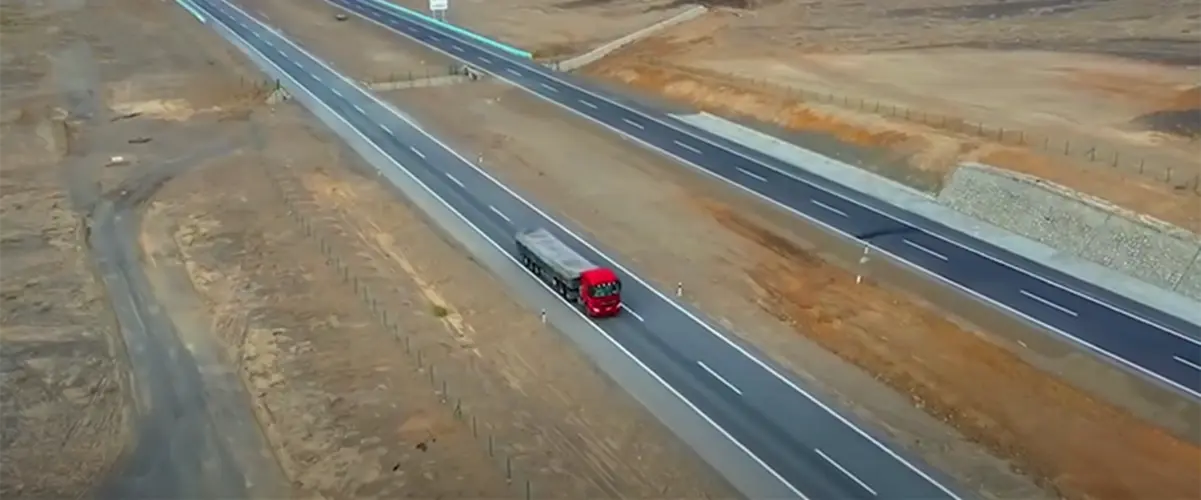
3. Analysis of unit cost of geotextile in highway construction
Calculating the specific cost of geotextile for one kilometer of highway involves multiple steps and variables. The following is a rough calculation step and considerations:
3.1. Determine the specifications and dosage of geotextile
Specifications: Select the appropriate geotextile type (woven, non-woven, composite, etc.) and specifications (such as thickness, tensile strength).
Amount: Calculate the total dosage based on the road design requirements and the laying width and length of the geotextile.
3.2. Calculate the area of geotextile
Assuming that the width of the highway is 20 meters (this can be adjusted according to actual conditions), the area of geotextile per kilometer is:
Area = width × length
Area = 20 m × 1,000 m = 20,000 m2
3.3. Determine the unit price of geotextile
Price: The price of geotextile varies according to the material type and specifications. Taking the common non-woven geotextile as an example, assume the unit price is 15 yuan/square meter (the price can be adjusted according to market conditions).
3.4. Calculate the total cost of geotextile
Total cost = area × unit price
Total cost = 20,000 m2× 15 = ¥300,000
3.5. Consider transportation and installation costs
Transportation cost: calculated based on the transportation distance and the volume of the geotextile. Assuming the transportation cost is 5 yuan/square meter, then:
Transportation cost = 20,000 m2 × 5 = ¥100,000
Installation cost: calculated based on the difficulty of installation and labor costs. Assuming the installation cost is 10 yuan/m2, then:
Installation cost = 20,000 m2 × 10 = ¥200,000
3.6. Calculate total cost
Add all costs together:
Total cost = geotextile cost + transportation cost + installation cost
Total cost = 300,000 + 100,000 + 200,000 = ¥600,000
3.7.Summary
Under the above assumptions, the total cost of using geotextile to build one kilometer of highway is 600,000 yuan. This is just an estimate, and the actual cost may vary due to different material prices, construction conditions, transportation distances, and other factors. In actual projects, it is recommended to obtain more accurate cost estimates through detailed market research and supplier quotations.
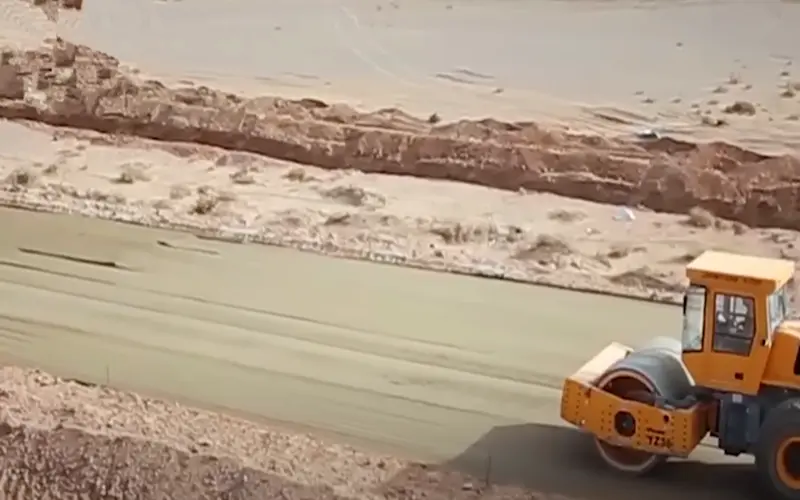
4. Laying and maintenance of geotextiles in highway construction
In highways, the laying and maintenance of geotextiles are important steps to ensure their effectiveness and long-term stability. The following is a detailed laying and maintenance guide:
4.1. Laying of geotextiles
4.1.1. Preparation
Clean the construction area: remove plants, stones and other debris on the soil surface, and ensure that the base is flat, dry and compacted.
Check the base: Ensure the stability and bearing capacity of the base, and reinforce or improve the soil if necessary.
4.1.2. Measuring and cutting
Measure the size: Measure the size of the geotextile according to the design drawings and actual needs.
Cutting: Cut the geotextile into appropriate sizes and shapes to avoid excessive overlaps or seams during laying.
4.1.3. Laying geotextiles
Laying direction: Lay the geotextile along the design direction, usually along the long direction of the road.
Overlap and seams: The overlapping width of adjacent geotextiles is generally 10-30 cm. Ensure that the seams are flat and there are no gaps. If necessary, special joint tape or adhesive can be used to enhance the sealing of the joints.
4.1.4. Fixing geotextiles
Fixing materials: Use soil nails, anchors or other fixing materials to fix the geotextiles to the substrate. The fixing points should be evenly distributed to ensure that the geotextiles will not shift during construction or use.
Protective layer: Lay a protective layer such as a sand cushion or gravel on top of the geotextile to prevent damage to the geotextile by construction machinery.
4.1.5. Covering and compaction
Covering layer: Spread fill or other covering materials evenly on the geotextile to ensure that the thickness of the covering layer meets the design requirements.
Compaction: Use a roller or other compacting equipment to compact the covering layer to ensure a good bond between the geotextile and the covering layer. Avoid damage to the geotextile during compaction.
4.1.6. Inspection and acceptance
Quality inspection: Check the laying quality of the geotextile, including the overlap of the joints, the stability of the fixing points, the thickness of the covering layer, etc., to ensure that all requirements meet the design standards.
Acceptance: Conduct final acceptance to ensure that the laying and construction of geotextiles meet the requirements of the project.
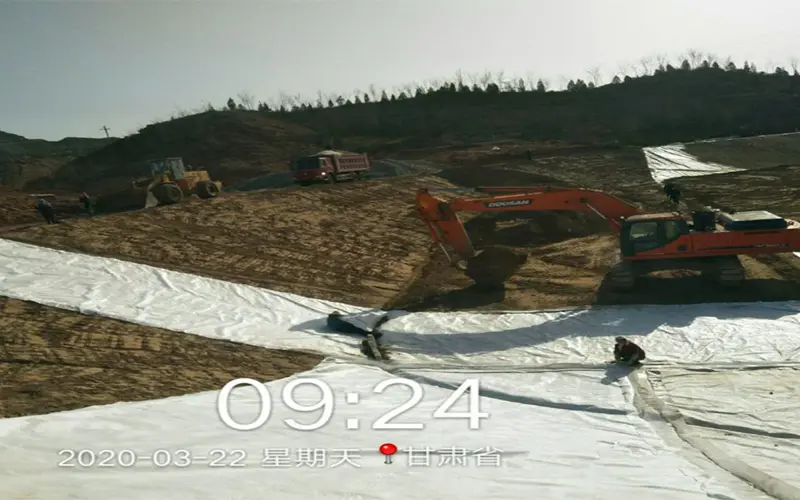
4.2. Maintenance of geotextiles
4.2.1. Regular inspection
Visual inspection: Regularly inspect the surface and joints of geotextiles to ensure that there is no damage or displacement.
Functional inspection: Check whether the function of geotextiles is normal, such as drainage performance and reinforcement effect.
4.2.2. Repair damage
Small-scale repair: For small-scale damage or tearing, repair materials can be used for repair.
Large-scale repair: For large-scale damage, it may be necessary to re-lay the geotextile in the damaged area to ensure that the repair quality meets the design requirements.
4.2.3. Prevent damage
Protection during construction: During the construction process, avoid direct contact between machinery and vehicles and reduce damage to geotextiles.
Environmental protection: Prevent the erosion of geotextiles by chemicals, oil and other pollutants.
4.2.4. Update and replacement
According to the use: According to the actual use and aging of the geotextile, update and replace it in time to maintain its good function and performance.
Planned maintenance: Develop a regular maintenance plan to ensure the life and function of the geotextile is effectively protected.
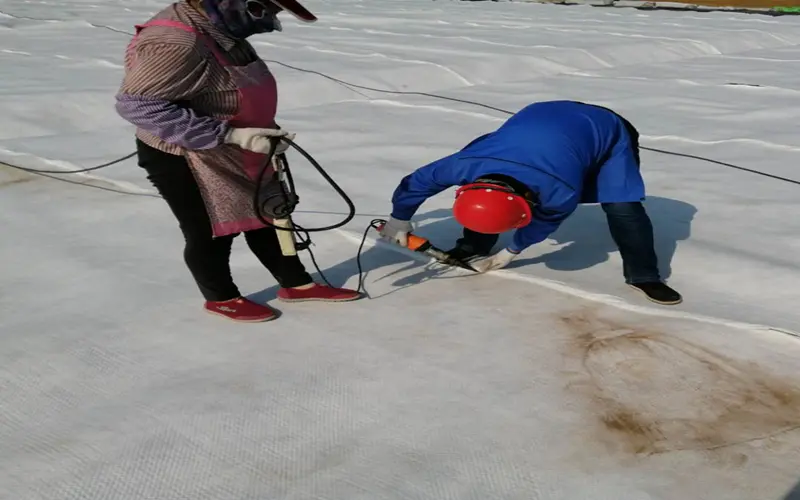
Through these laying and maintenance measures, the effectiveness of the geotextile in the highway can be ensured, and its functions such as enhancing structural stability, separating soil layers, draining water and preventing erosion can be played.
Haoyang Environmental Co., Ltd. is a company specializing in the production of geotechnical materials. It has more than 20 years of production experience and can provide free advice for any problems you encounter during the purchase and use of geotechnical materials. You can communicate with us at any time if you have any questions.
Email: sale2@hygeosynthetics.com
Monile: +8616615773081
![]() 300g PET geotextiles test report.pdf
300g PET geotextiles test report.pdf
![]() 200g Staple fiber non-woven geotextile.pdf
200g Staple fiber non-woven geotextile.pdf

897.webp)
942.webp)
237.webp)